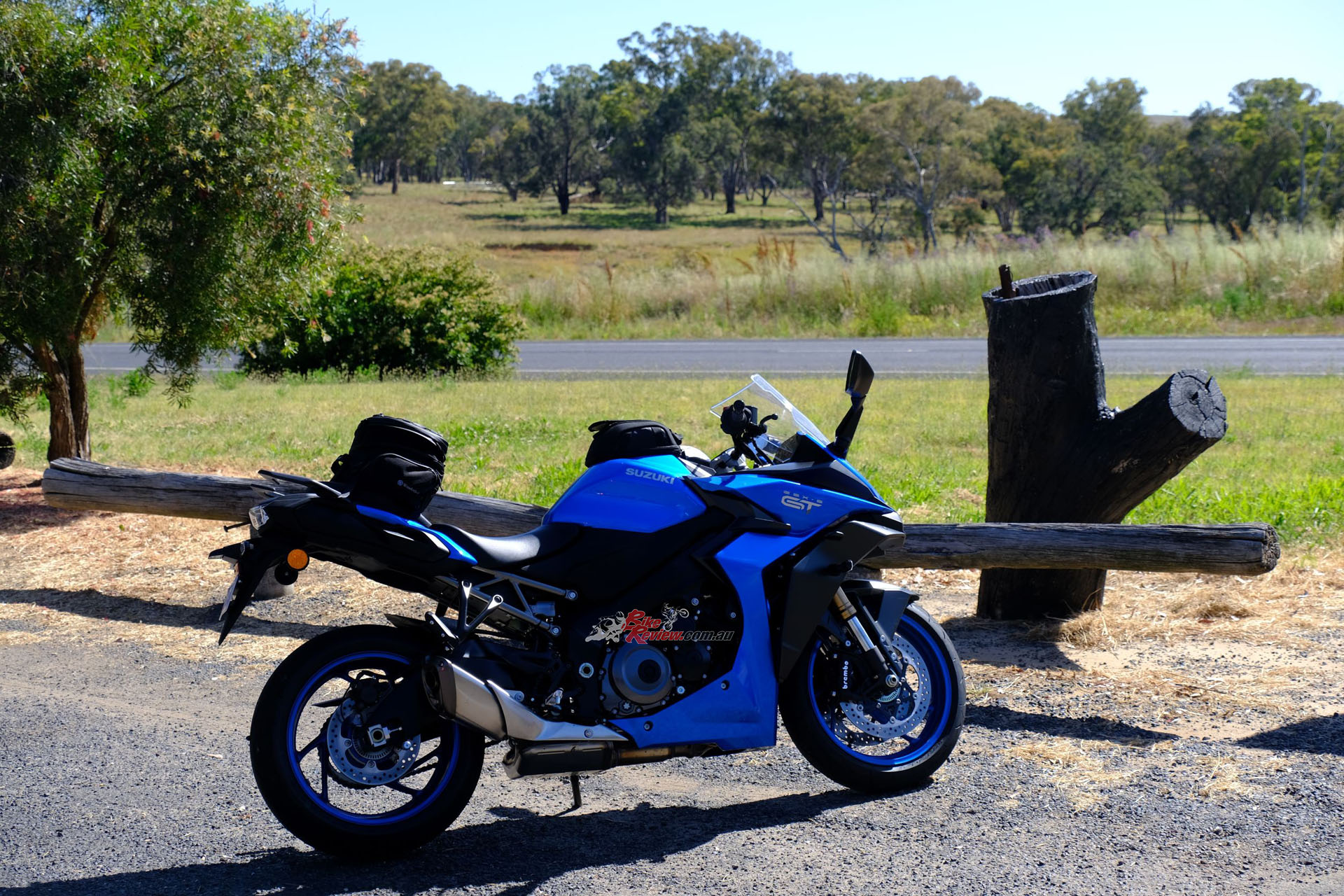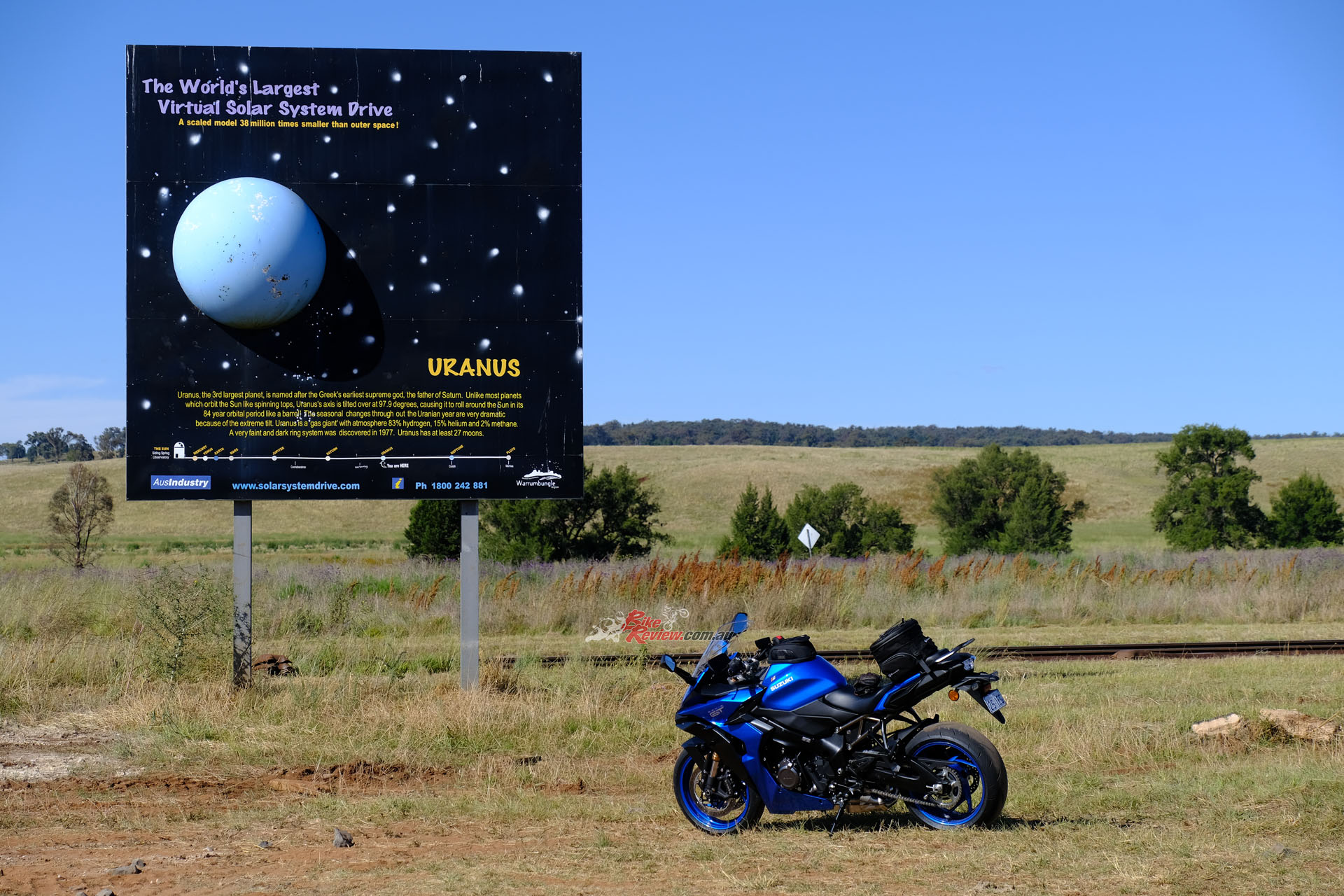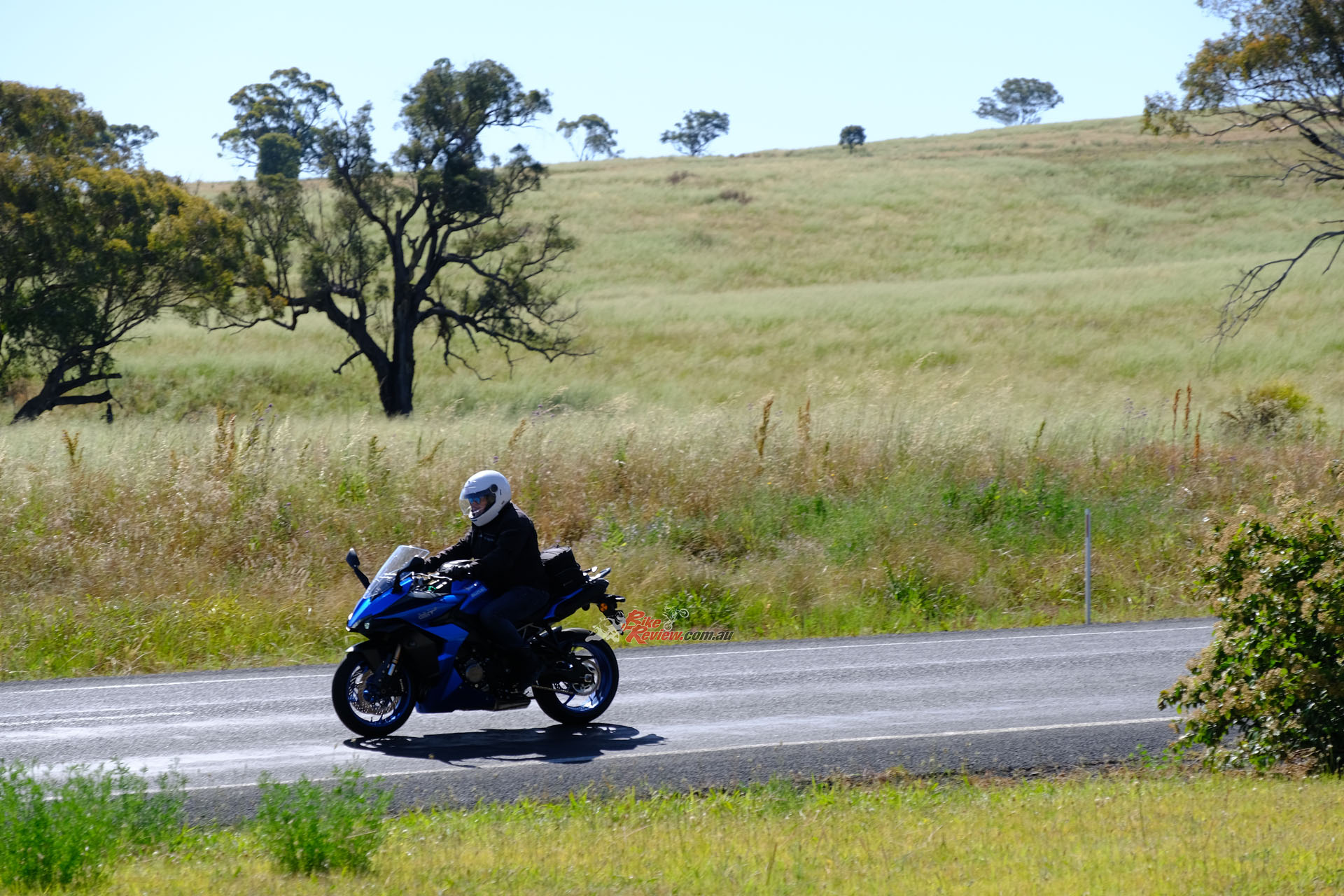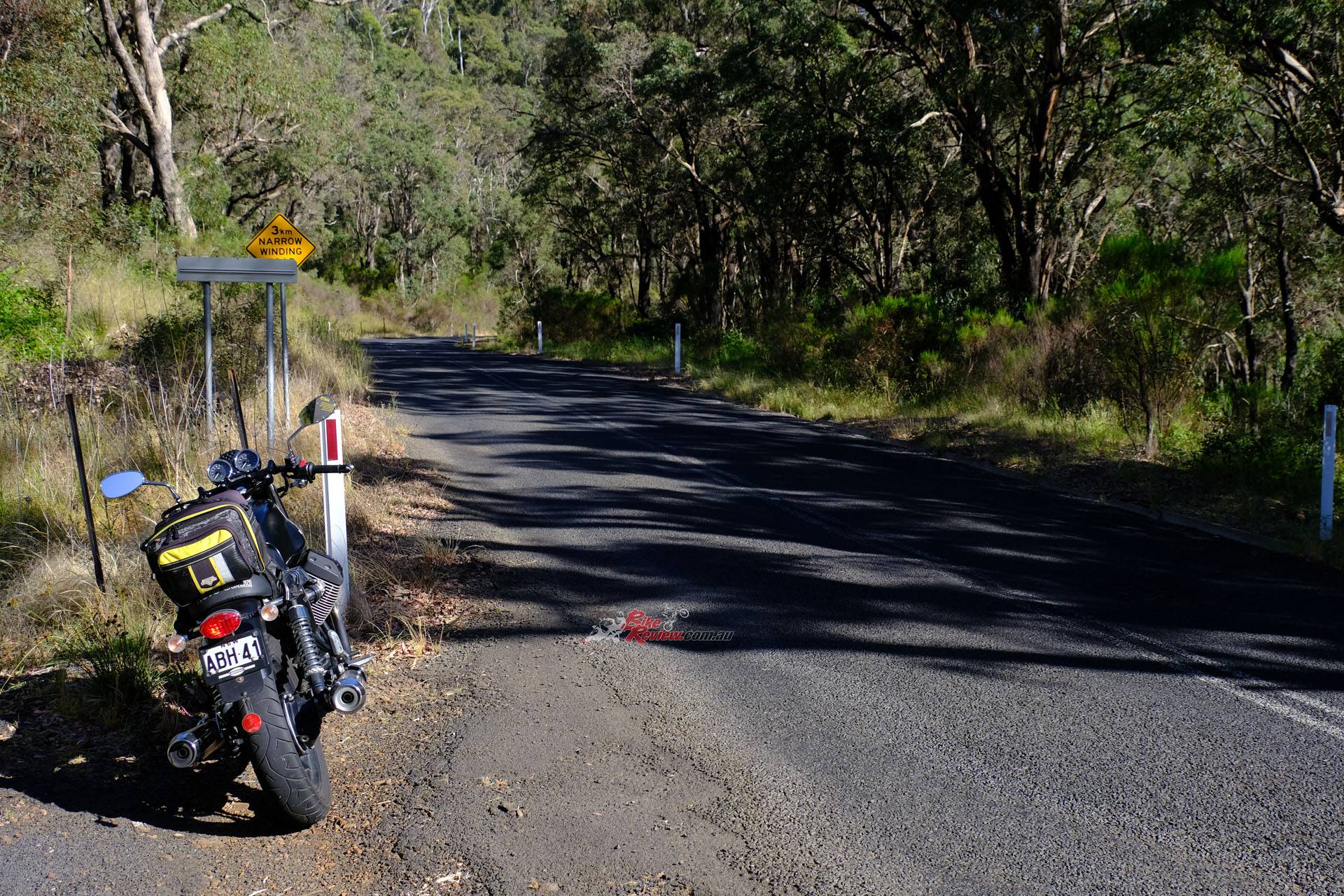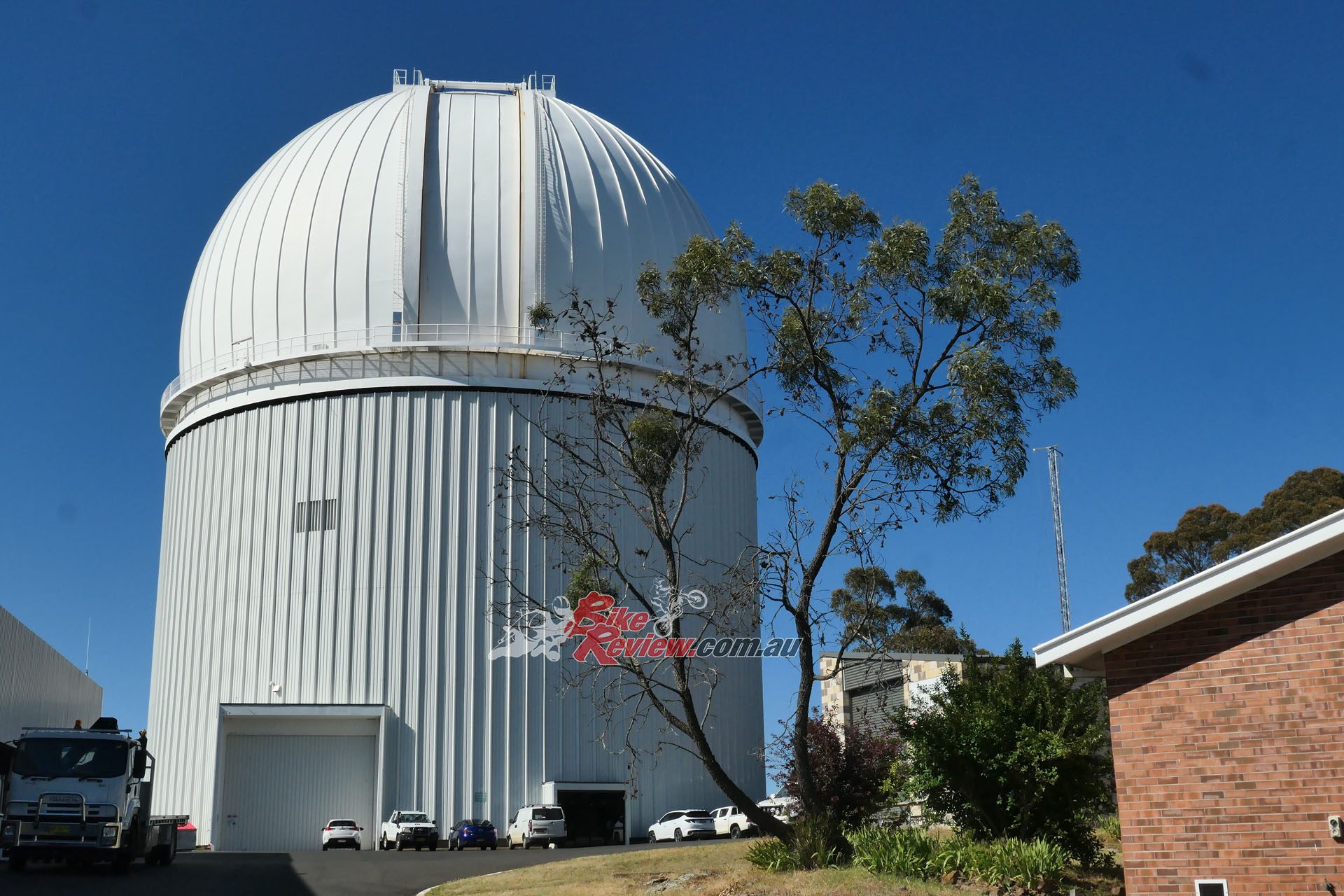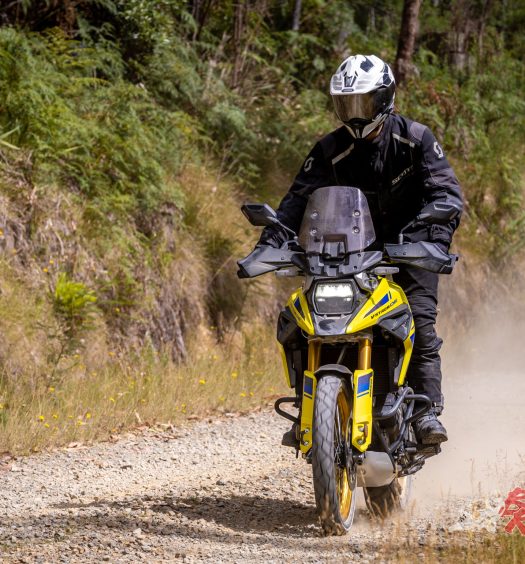This month The Bear tracks it out to the Siding Spring Observatory in NSW on-board the 2023 Suzuki GSX-S1000GT! Check out what he thought of the rural ride...
Want a new riding location? 27km from Coonabarabran lies Siding Spring Observatory, on the edge of Warrumbungle National Park. It’s Australia’s premier optical/infrared astronomical observatory and is operated by the Australian National University.
Along with its “parent” observatory at Mount Stromlo near Canberra, it constitutes the most important facility for such observation in the Southern Hemisphere. The observatory lies on the traditional country of the Gamilaraay/Kamilaroi group who have occupied this area for at least 20,000 years.
Follow the Bear tracks here…
And it is a terrific ride destination, especially from Sydney. For one thing, there is quite a selection of routes, through Mudgee and Gulgong or along the Golden Highway or by way of Dubbo or Quirindi. And most these routes have something in common: they feature our Solar System. Admittedly reduced to 1:38,000,000 scale, but you can’t have everything.
The idea for The World’s Largest Virtual Solar System Ride (or Drive, as some call it) came from astronomer John Shobbrook. The concept was simple: to build a scale model using the dome of the 37 metre Anglo-Australian Telescope to represent the Sun. The model consists of roadside billboards on five routes approaching the observatory, depicting individual planets. Each billboard also includes information on the planet, its size and its distance from the sun. The routes begin in Dubbo, Birriwa north of Gulgong, Tamworth and Bellata south of Moree as well as Merriwa.
And if you’re going to tackle the Solar System, you’d better have a decent touring bike to do it on. As luck would have it, Suzuki had a press bike available when I wanted to: the GSX-S1000GT. This is a true sports tourer with a solid and proven engine. The GSX-S1000GT is powered by a tweaked K5 GSX-R1000 long-stroke 999cc four-cylinder engine, much the same as in the newly updated GSX-S1000 naked bike. The tweaking has produced what would have to be one of the best sports touring engines from any factory. You will have read the review of the bike right here.
It was not long after NSW’s recent devastating floods that Mike Grant and I rode out to the observatory. There was relatively little evidence of the floods which had washed away an entire town further south, along with doing much other damage. The most obvious remaining effect was the condition of the roads. Even in a State where we often complain about the lack of road maintenance, they were appalling. I suspect it will take well over a year before they are back in a truly serviceable condition.
Read our full Suzuki GSX-S1000GT here…
On this ride, I put 1200km on the GT over a couple of days. That doesn’t sound like much, but the roads are such a potpourri of potholes, some of them axle deep, that the fully adjustable KYB suspension was truly welcome. The suspension makes the GT a remarkably secure bike to ride, even over those roads. Only the deepest and most ragged of the potholes threw the bike offline, and even then it was easy to recover. Coping with those conditions does, however, slow you down. It’s tiring, too, even on this bike.
The Brembo brakes have been criticised for a lack of both feel and initial bite, but I don’t ride hard enough to make that a noticeable problem. Perhaps I would change the pad material. Ergonomics are good, with one exception – for me, anyway. The upright riding position meant that I found it difficult to take the load off my backside, but short breaks when refuelling restored my gluteus maximus. On the other hand (or hands) the slightest pressure from your knees will take any remaining weight off your wrists on the new tapered handlebar. Lots of rubber mountings keep vibration away from rider and pillion, although there doesn’t seem to be much anyway.
Surprisingly, the bike lacks a centre stand and while you can get panniers, heated grips and a tank bag among other bits and pieces, the accessory catalogue doesn’t offer one. The bike’s electronics are well set up for touring with a neat and easy-to-use cruise control and connectivity for your phone to Suzuki’s mySPIN Bluetooth app which can display a map.
As far as I’m concerned, the GT makes a highly desirable tourer. And that’s before you even look at the price, a remarkable $A19,990 ride away. This is a worthy competitor for many more (sometimes much more) expensive bikes. And above all, its GSX-R heritage and the successful tweaks Suzuki has applied make it a lot of fun to ride. If I was in the market for a touring bike of any description, I’d add the panniers and heated grips and be very satisfied with a GSX-S1000GT.
Editor’s Note: If you are reading this article on any website other than BikeReview.com.au, please report it to BikeReview via our contact page, as it has been stolen or re-published without authority.


